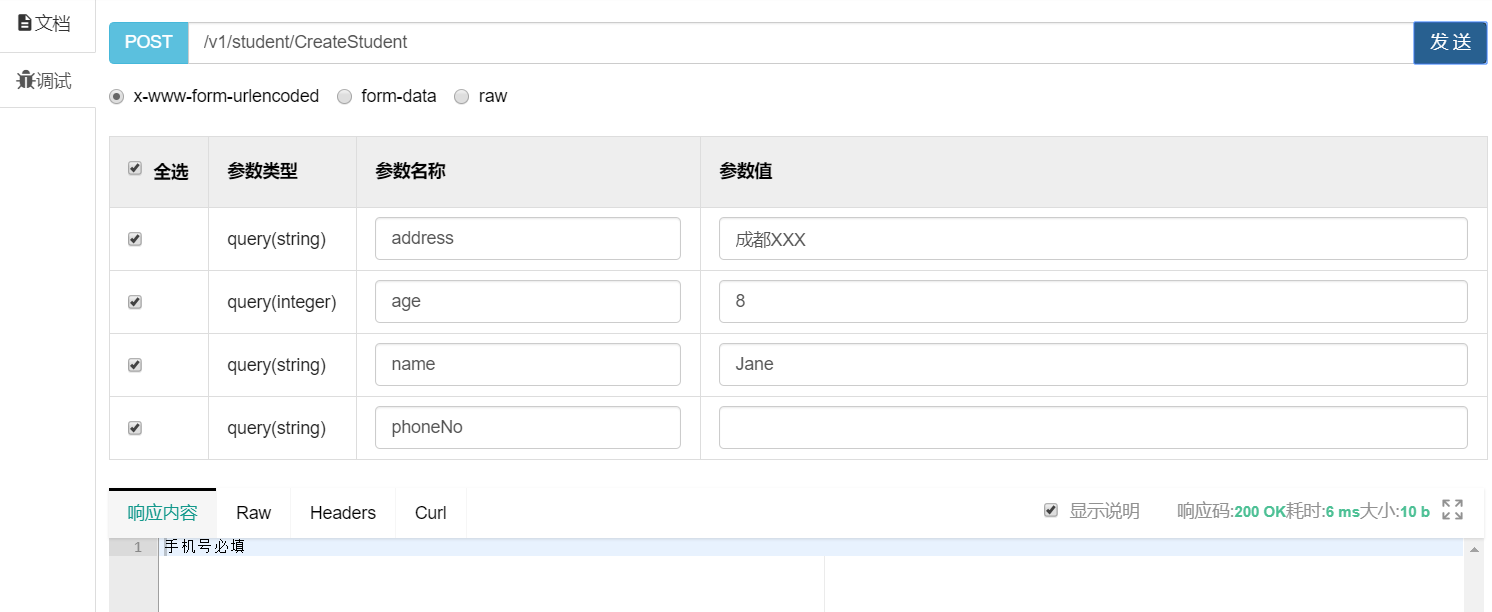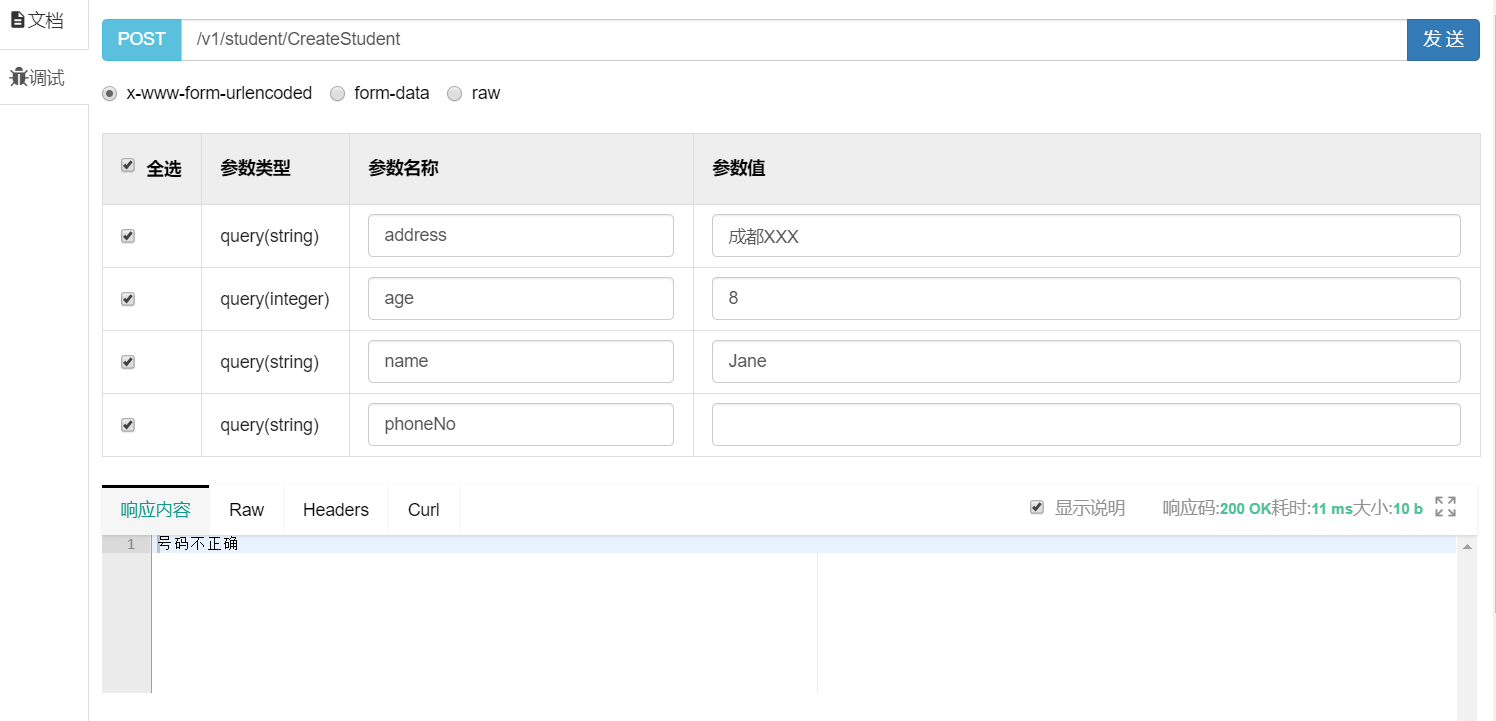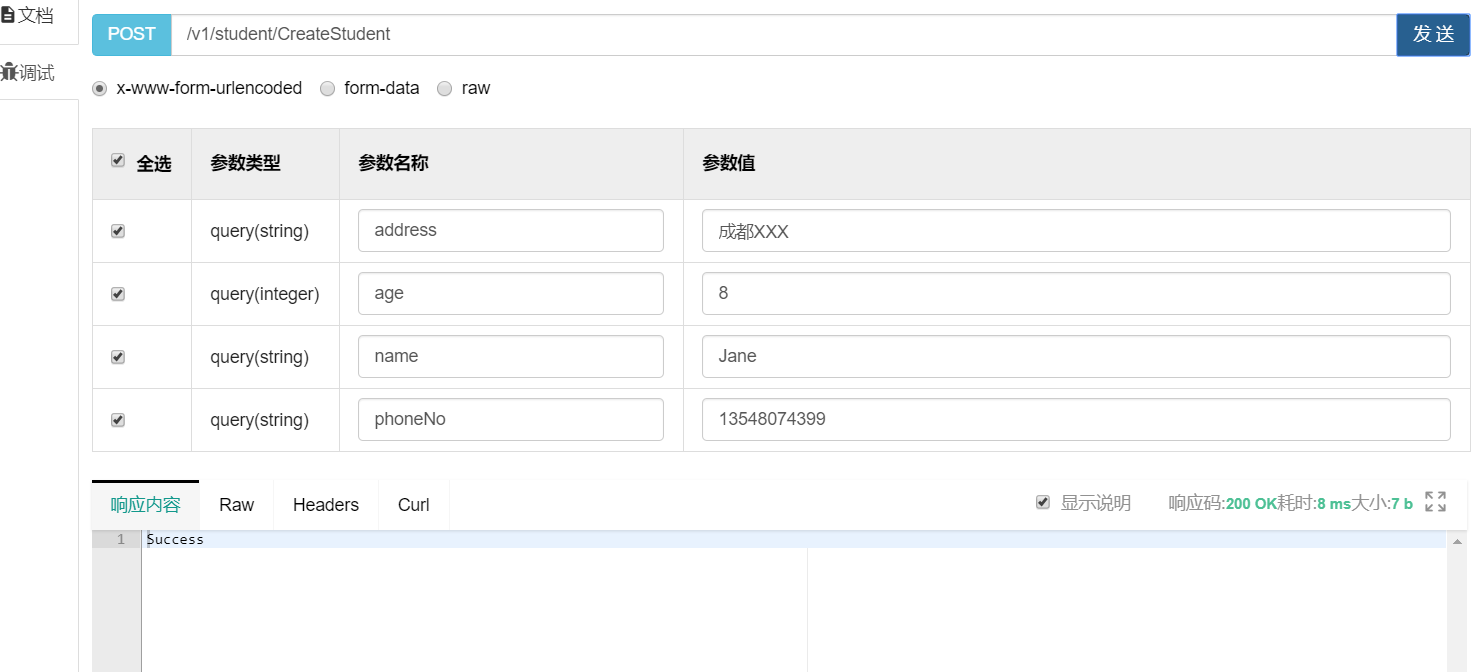Spring Boot 自定义Validation注解
在项目开发过程中,注解给我们带来方便、快捷的极简编程体验,前面也有记录了一些常用的注解命令,可见注解是比较常用且重要的功能,有时候validation自带的注解可能不能满足我们的个性化需要时,我们能不能根据自己的情况自定义注解命令呢?
源码浅析
我们先来看看常用的@Min注解,学习一下它是如何实现的,先看源码:
1 | @Target({ METHOD, FIELD, ANNOTATION_TYPE, CONSTRUCTOR, PARAMETER, TYPE_USE }) |
@Target 注解的作用范围,参数是一个枚举类型:
1
2
3
4
5
6
7
8
9
10
11
12
13
14
15
16
17
18
19
20
21
22
23
24
25
26
27
28
29
30
31
32
33
34
35
36
37
38
39public enum ElementType {
/** 类、接口或者是枚举 */
TYPE,
/** 字段属性 */
FIELD,
/** 方法 */
METHOD,
/** 参数 */
PARAMETER,
/** 构造方法 */
CONSTRUCTOR,
/** 局部变量 */
LOCAL_VARIABLE,
/** 注解类型 如:@interface修饰的类型 */
ANNOTATION_TYPE,
/** 包 */
PACKAGE,
/**
* Type parameter declaration
*
* @since 1.8
*/
TYPE_PARAMETER,
/**
* Use of a type
*
* @since 1.8
*/
TYPE_USE
}@Retention用于声明注解的声明周期,也是一个枚举类型:
1
2
3
4
5
6
7
8
9
10
11
12
13
14
15
16
17
18
19
20
21public enum RetentionPolicy {
/**
* Annotations are to be discarded by the compiler. 注解是保留在源代码中,编译时丢弃
*/
SOURCE,
/**
* Annotations are to be recorded in the class file by the compiler
* but need not be retained by the VM at run time. This is the default
* behavior.代码保留在class文件中,加载到JVM虚拟机时丢弃
*/
CLASS,
/**
* Annotations are to be recorded in the class file by the compiler and
* retained by the VM at run time, so they may be read reflectively.
* 保留在程序运行期间,此时可以通过反射获得定义在某个类上的所有注解
* @see java.lang.reflect.AnnotatedElement
*/
RUNTIME
}@Repeatable注解表明标记的注解可以多次应用于相同的声明或类型
@Documented注解会被javadoc之类的工具处理, 所以注解类型信息也会被包括在生成的文档中.默认情况下javadoc是不包括注解的
@Constraint注解限定自定义注解的方法,指定自定义的处理类。
自定义注解
刚才简单介绍了一下Spring给我们带来的注解的定义方式,接下来就依样画葫芦来实现自定义Validation注解。首先新建一个Phone注解:
1 | @Target({FIELD }) |
再创建一个Validator校验类,用于Phone @Constraint指定的处理校验类:
1 | public class PhoneConstraintValidator implements ConstraintValidator<Phone,String> { |
现在就可以在使用我们自定义的注解:
1 | @ApiModel("StudentVO") |



自定义Validation就暂时告一段落,后面,我们再来总结一下其他实用注解的定义方法。
Spring Boot 自定义Validation注解



